Related Research Articles

John Bardeen was an American physicist and electrical engineer. He is the only person to be awarded the Nobel Prize in Physics twice: first in 1956 with William Shockley and Walter Brattain for the invention of the transistor; and again in 1972 with Leon N. Cooper and John Robert Schrieffer for a fundamental theory of conventional superconductivity known as the BCS theory.
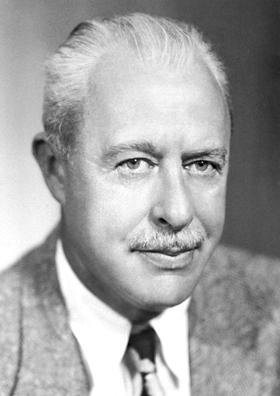
Walter Houser Brattain was an American physicist at Bell Labs who, along with fellow scientists John Bardeen and William Shockley, invented the point-contact transistor in December 1947. They shared the 1956 Nobel Prize in Physics for their invention. Brattain devoted much of his life to research on surface states.
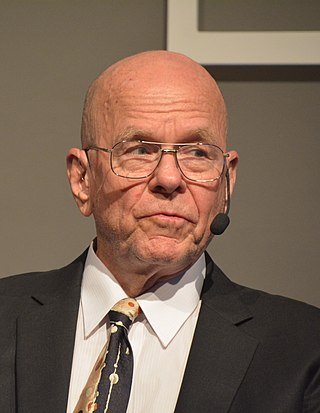
Karl Barry Sharpless is an American chemist and a two-time Nobel laureate in Chemistry known for his work on stereoselective reactions and click chemistry.
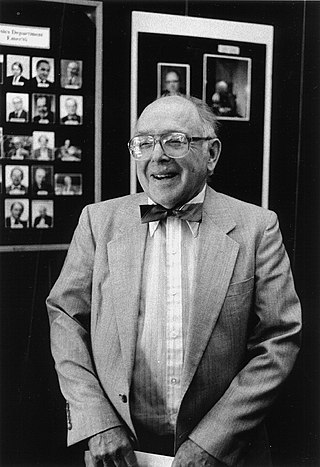
Clifford Glenwood Shull was a Nobel Prize-winning American physicist.
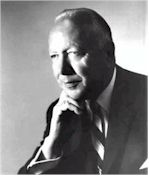
Julius Adams Stratton was a U.S. electrical engineer, physicist, and university administrator. He attended the University of Washington for one year, where he was admitted to the Zeta Psi fraternity, then transferred to the Massachusetts Institute of Technology (MIT), from which he graduated with a bachelor's degree in 1923 and a master's degree in electrical engineering (EE) in 1926. He then followed graduate studies in Europe and the Technische Hochschule of Zürich, Switzerland, awarded him the degree of Doctor of Science in 1928.

James Maxwell Bardeen was an American physicist, well known for his work in general relativity, particularly his role in formulating the laws of black hole mechanics. He also discovered the Bardeen vacuum, an exact solution of the Einstein field equation.
Daniel Kleppner, born 1932, is the Lester Wolfe Professor Emeritus of Physics at Massachusetts Institute of Technology (MIT) and co-founder and co-director of the MIT-Harvard Center for Ultracold Atoms. His areas of science include atomic, molecular, and optical physics, and his research interests include experimental atomic physics, laser spectroscopy, and high precision measurements.
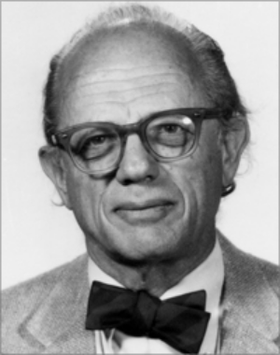
Herman Feshbach was an American physicist. He was an Institute Professor Emeritus of physics at MIT. Feshbach is best known for Feshbach resonance and for writing, with Philip M. Morse, Methods of Theoretical Physics.
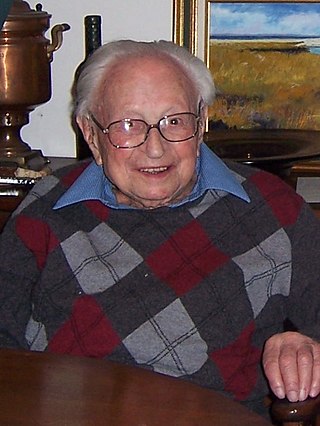
László Tisza was a Hungarian-born American physicist who was Professor of Physics Emeritus at MIT. He was a colleague of famed physicists Edward Teller, Lev Landau and Fritz London, and initiated the two-fluid theory of liquid helium.
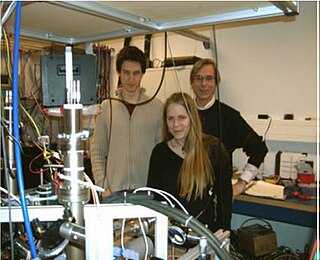
Joannes Theodorus Maria (Jook) Walraven is a Dutch experimental physicist at the Van der Waals-Zeeman Institute for experimental physics in Amsterdam. From 1967 he studied physics at the University of Amsterdam. Both his doctoral research and PhD research was with Isaac Silvera, on the subject of Bose-Einstein Condensation. Because of the difficulty of his research subject, his promotion took six years instead of four. The aim of his PhD research was to make a gas of atomic hydrogen, which could become the world's first quantum gas. This might then be a suitable candidate for a Bose-Einstein Condensate (BEC).

Francis Wheeler Loomis, born in Parkersburg, West Virginia, was an American scientist most widely known for his contributions in the field of physics. Loomis received his undergraduate degree and, in 1917, his PhD from Harvard University. His thesis was on thermodynamic measurements of mercury.
Daniel Zissel Freedman is an American theoretical physicist. He is an Emeritus Professor of Physics and Applied Mathematics at the Massachusetts Institute of Technology (MIT), and is currently a visiting professor at Stanford University. He is mainly known for his work in supergravity. He is a member of the U. S. National Academy of Sciences.
Samuel Cornette Collins was an American chemist, physicist, and engineer.
Earl W. (Wadsworth) McDaniel was a Regents Professor of Physics at the Georgia Institute of Technology and the Georgia Tech Research Institute and is most noted for his contributions to the field of ion mobility spectrometry.
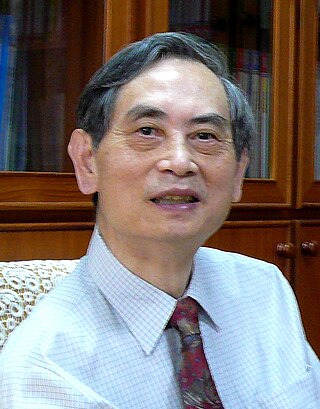
Sow-Hsin Chen, was a Hoklo Taiwanese physicist and Professor Emeritus at Massachusetts Institute of Technology (MIT). He was a recognized pioneer in the research of the dynamic properties of supercooled and interfacial water with the use of neutron scattering techniques. As an educator, he was recognized for his training of young scientists in the use of those same techniques. Regarding hydrogen storage, his research focused on the use of activated carbon to allow hydrogen to be stored at room temperature.
Peter Bosted is an American physicist. He completed his Ph.D. in physics in January 1980 from Massachusetts Institute of Technology. His Ph.D. thesis title was "Pion Photoproduction in the (3,3) Resonance Region". His Ph.D. supervisor was Aron Bernstein. He did his B.S. degree in physics in June 1975 from the Massachusetts Institute of Technology (MIT). He did his post-doctoral training at MIT before he joined American University and served as a postdoctoral associate (1980-1985), associate research scientist (1985-1988), research associate professor (1988-1997), and research professor (1997-1999). Later, He joined the University of Massachusetts, Amherst, as a research professor. He has served at the Jefferson Laboratory as a senior staff scientist and also served at the College of Williams and Mary. He is currently involved in research work at Thomas Jefferson National Accelerator Facility and has published 100s of research papers in reputed scientific journals and was an Elected Fellow of the American Physical Society.
William T. Freeman is the Thomas and Gerd Perkins Professor of electrical engineering and computer science at the Massachusetts Institute of Technology. He is known for contributions to computer vision.

Julia K. Steinberger is Professor of Ecological Economics at the University of Lausanne. She studies the relationships between the use of resources and performance of societies. She is an author of the Intergovernmental Panel on Climate Change (IPCC) 6th Assessment Report, contributing to the report's discussion of climate change mitigation pathways.
Paraskevas Andreas Sphicas is a particle physicist who focuses on studies of High energy collisions in the Large Hadron Collider through which he explores supersymmetry and the mechanism of spontaneous symmetry breaking. He is a senior scientist at CERN and professor of physics at the National and Kapodistrian University of Athens. He was elected a Fellow of the Royal Society (FRS) in 2019.
Michael Williams is an experimental particle physicist, faculty member at MIT, and inaugural Deputy Director of the NSF AI Institute for Artificial Intelligence and Fundamental Interactions (IAIFI).
References
- ↑ Julia Steinberger (2004). Progress towards high precision measurements on ultracold metastable hydrogen and trapping deuterium. mit.edu (PhD thesis). Massachusetts Institute of Technology. hdl:1721.1/28649. OCLC 655586822.

- 1 2 "Thomas J. Greytak '63 PhD '67". MIT Department of Physics. Retrieved 27 April 2021.